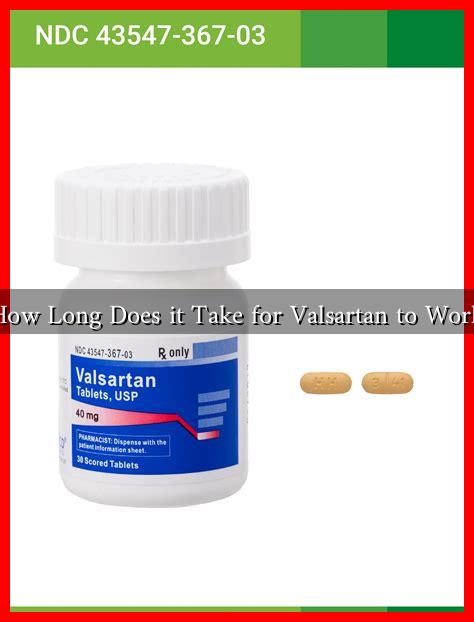-
Table of Contents
How Long Does it Take for Valsartan to Work?
Valsartan is a medication primarily used to treat high blood pressure and heart failure. As an angiotensin II receptor blocker (ARB), it helps relax blood vessels, making it easier for the heart to pump blood. Patients often wonder how long it takes for valsartan to start working effectively. This article delves into the pharmacokinetics of valsartan, its onset of action, and factors that can influence its effectiveness.
Understanding Valsartan
Valsartan is commonly prescribed for various cardiovascular conditions. It is particularly effective in:
- Lowering high blood pressure (hypertension)
- Reducing the risk of heart failure
- Improving survival rates after heart attacks
By blocking the action of angiotensin II, a hormone that constricts blood vessels, valsartan helps to widen blood vessels, thereby lowering blood pressure and reducing the workload on the heart.
Onset of Action
The onset of action for valsartan can vary based on several factors, including dosage, individual metabolism, and the specific condition being treated. Generally, valsartan begins to work within:
- 1 to 2 hours after oral administration
- Peak effects are usually observed within 4 to 6 hours
- Full therapeutic effects may take several weeks to achieve
For instance, a study published in the *Journal of Hypertension* found that patients experienced significant reductions in blood pressure within the first few hours of taking valsartan, but optimal results were noted after 2 to 4 weeks of consistent use.
Factors Influencing Effectiveness
Several factors can influence how quickly valsartan works for an individual:
- Dosage: Higher doses may lead to quicker results, but they also increase the risk of side effects.
- Individual Metabolism: Each person’s body metabolizes medications differently, which can affect how quickly valsartan takes effect.
- Concurrent Medications: Other medications can interact with valsartan, potentially altering its effectiveness.
- Diet and Lifestyle: Factors such as sodium intake, alcohol consumption, and physical activity can impact blood pressure and the overall effectiveness of valsartan.
Case Studies and Statistics
Research has shown that valsartan is effective in managing hypertension. A clinical trial involving over 1,000 participants demonstrated that valsartan significantly reduced systolic and diastolic blood pressure compared to a placebo. The results indicated:
- A reduction in systolic blood pressure by an average of 10-15 mmHg
- A reduction in diastolic blood pressure by an average of 5-10 mmHg
Moreover, a meta-analysis of multiple studies found that valsartan was associated with a 20% reduction in the risk of cardiovascular events in patients with heart failure compared to those not receiving ARBs.
Patient Experiences
Many patients report varying experiences with valsartan. Some may notice improvements in their blood pressure readings within days, while others may take weeks to feel the full benefits. It is essential for patients to maintain regular follow-ups with their healthcare providers to monitor their progress and make any necessary adjustments to their treatment plan.
Conclusion
In summary, valsartan is a powerful medication for managing high blood pressure and heart failure, with an onset of action typically within 1 to 2 hours. However, achieving optimal therapeutic effects may take several weeks. Factors such as dosage, individual metabolism, and lifestyle choices can significantly influence how quickly valsartan works for each patient. Regular monitoring and communication with healthcare providers are crucial for ensuring the best outcomes.
For more information on valsartan and its uses, you can visit the National Institutes of Health.

